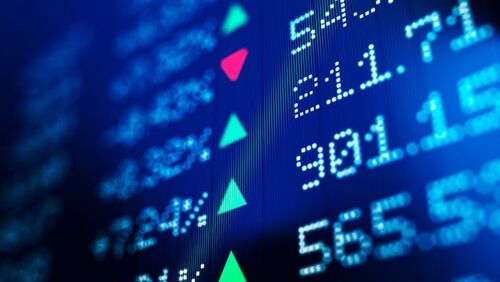Investing in food companies
By Chris Batchelor
Everyone has to eat, so surely selling food would be a good business to be in, wouldn't it? It's not as simple as that but right now there are positive elements aligning for Australia's food companies. To our north reside 4 billion hungry mouths and a lot of them are increasingly prosperous. As more and more people join Asia's burgeoning middle classes, these consumers' diets are changing and they have become more discerning about what they put in their bodies. They are willing to pay a premium for goods they perceive to be of higher quality.
This is presenting opportunities for Australian food products in a number of ways. One is through exporting directly to Asia. Another is the so-called grey market, where Asians living in Australia buy up large quantities of goods and ship them to family and friends (or small-time business associates) back home. The third is via tourists. The most visited shopping destinations by Asian tourist are supermarkets and the most popular purchases are milk products.
There are about 45 food-producing companies listed on the ASX, ranging from Coca-Cola Amatil - whose market capitalisation is $6.5 billion and return on equity is about 20% - through to Franklin River Olive Company - which has a market capitalisation of $2.3 million and hasn't turned a profit once in the past 10 years. Investors need to be discerning. Only eight food companies listed on the ASX qualify for Skaffold's premium ratings of A1 to B2. We list four here.
Bellamy's Australia
Open the pantry at any home that has toddlers and there is a high likelihood Bellamy's (ASX: BAL) products will fall out: pureed fruit sachets, snacks, pastas and milk formula. Bellamy products emphasise their organic virtue and are convenient to use. Sales grew 150% in 2015 to $126 million and in the first half of 2016 alone were $106 million. China is a big market for them, both directly and indirectly through the grey market. Earnings per share (EPS) are forecast to almost quadruple in 2016 and then grow by a further 70% in 2017. In 2015 the share price went from $1.70 to $15.48. The share price has fallen back to about $10 in 2016 and it now has a market capitalisation of about $1 billion. Management's challenge is handling such strong growth. It will need to ensure the company has sufficient farms to supply the organically certified ingredients as well as the facilities for production at scale.
Get stories like this in our newsletters.


